HAN-HKG
The Cathay Dragon check-in area at Noi Bai International Airport is jointly branded with Cathay Pacific, despite CX not serving the airport directly. Two desks were open for Business passengers and oneworld status members that afternoon, and before long our bags were checked in and tagged with smart Cathay Pacific First tags, presumably courtesy of my oneworld Emerald status.

The priority boarding pass check, immigration and security were all virtually devoid of other passengers; understandably, there was only one lane open for priority security.
Cathay Dragon (KA) passengers have access to two third party lounges in Hanoi; both the NIA Business Class lounge and the Song Hong Business Class lounge. Lounge invitations are issued at check-in with both lounges printed on, although the NIA lounge receptionist took our invitation on entry which presumably means visiting both lounges isn’t an option. Despite this, I was reasonably happy with our choice of lounge and saw no reason to attempt entry to the Song Hong lounge.

The NIA lounge is located one floor above gate level and commands sweeping views of one of the airport’s two runways. Whilst the design of the space is fairly basic, the high ceilings and floor-to-ceiling windows give the lounge an almost theatrical air. The fairly large space offers multiple seating options with a mix of armchair types, interspersed with occasional tables and indoor plants; the overall effect is airy and relaxing.
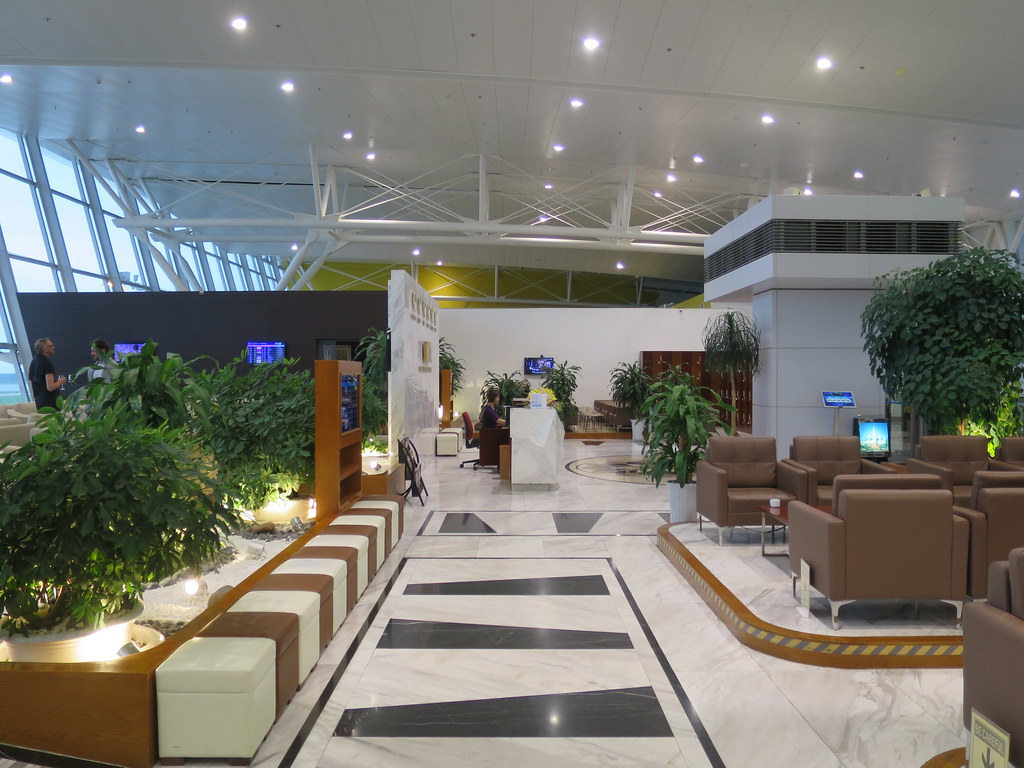
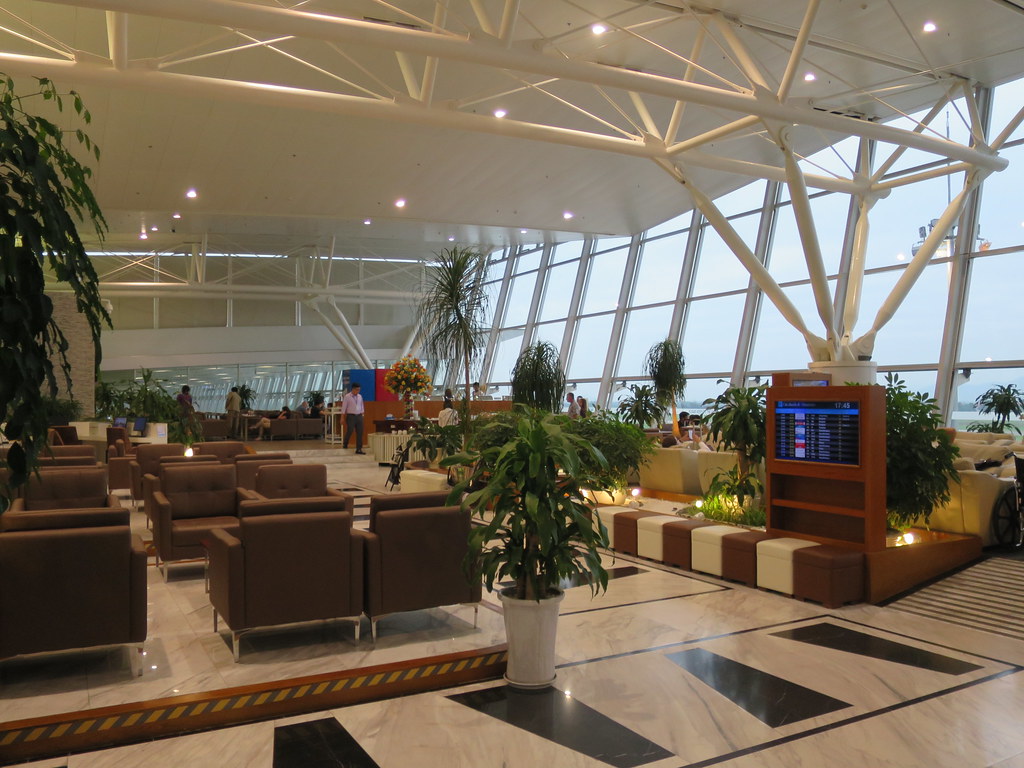
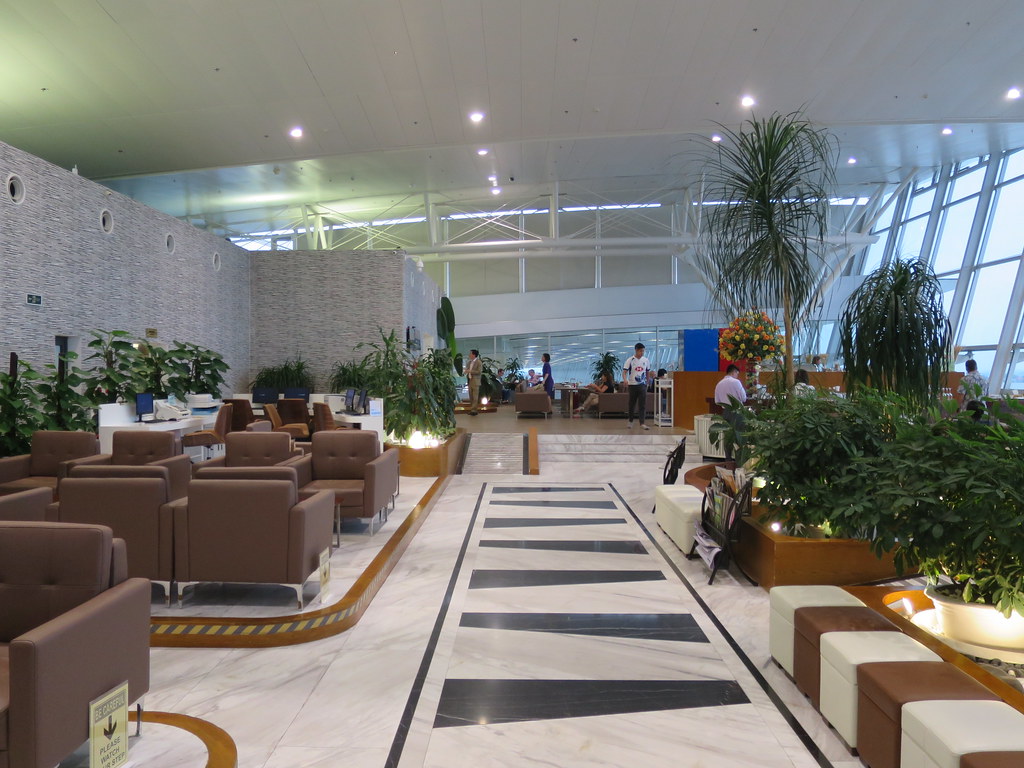
The main seating area is slightly elevated from the rest of the lounge and represents something of an obstacle course for passengers with cabin baggage, such is the tight and regimented arrangement of the seating. Immediately adjacent to the windows, the elevated floor falls away to the base level, which seems to be a flawed and somewhat hazardous design.

A business centre is offered halfway along the lounge, adjacent to the washrooms which were kept reasonably clean throughout our stay.
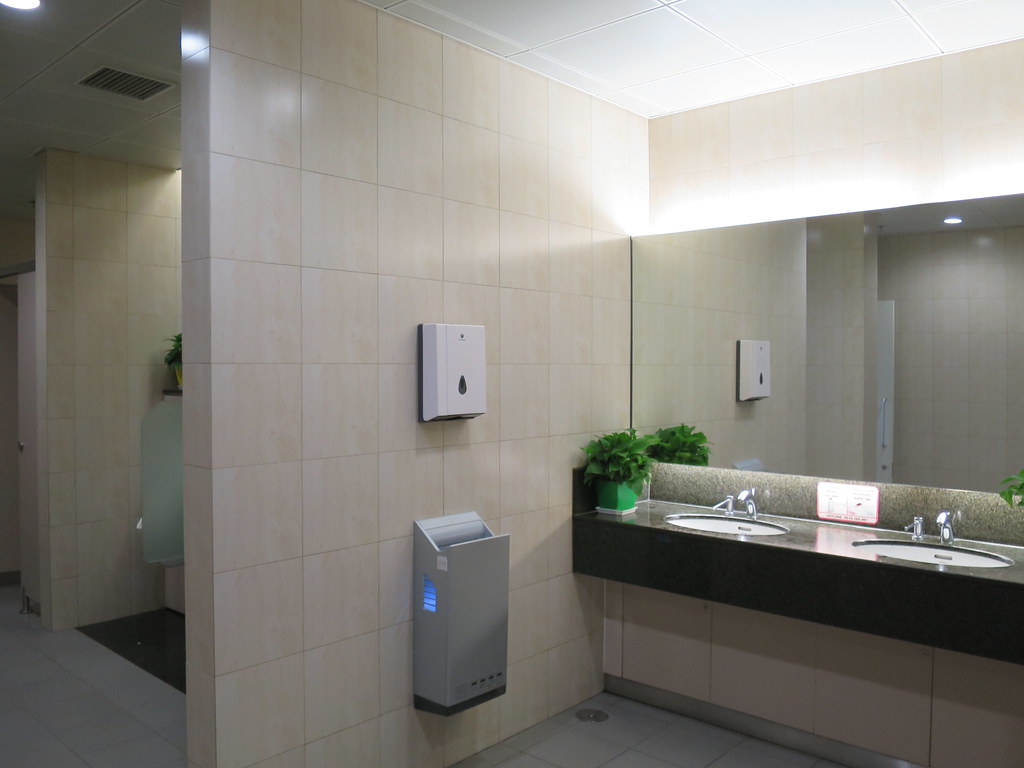
Massage chairs are available to the right of reception, alongside lockers for storing personal belongings whilst within the lounge. A separate lounge room behind reception appeared to be reserved for members of the military.
At the far-left hand end of the lounge, a buffet area offered a pretty decent selection of both hot and cold dishes (although I didn’t sample anything on this occasion), with table seating (bizarrely also featuring armchairs) set out in a square adjacent to a tended bar.




Our 90 minutes in the lounge passed quickly, although the lounge’s wifi was pretty much unusable; I resorted to using the airport authority’s free wifi which was much quicker.
Gate 28 was our departure point from Hanoi that evening, where a separate lane was available for Business passengers and oneworld Emerald and Sapphire members. CX Silver passengers had their own boarding lane, but this did not appear to extend to other oneworld Ruby members, priority boarding not being an advertised benefit of this status level. Boarding commenced on time, and we were soon being welcomed on board B-HTD, an A321 delivered new to Dragonair (as Cathay Dragon then was) in 1999, before transitioning officially to KA in 2016.
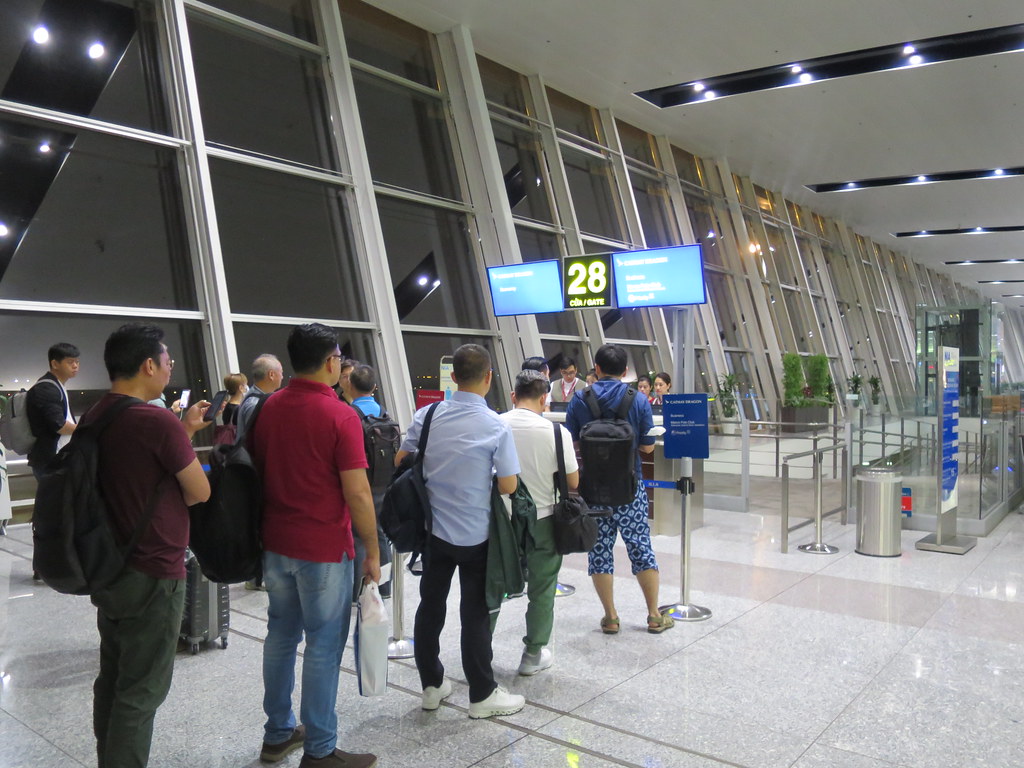
Cathay Dragon’s A321s are configured in a two-class configuration, with 6 rows of 2-2 Business seating and Economy arranged in the usual 3-3 configuration in a single cabin. The cabin quickly filled as passengers boarded, which meant I unfortunately couldn’t get any overall cabin photos on this flight.
The Business seats on this A321 are the same as those across the Cathay Dragon fleet, also featuring on Cathay Pacific’s regional A330s and 777s. For shorthaul, regional flying, these seats are very comfortable. With fixed back shells, passengers reclining in front don’t bother those behind, and there is ample seat pitch and width. Whilst the seats are not flat beds or even angled lie-flat seats, recline is fairly generous for a shorthaul product.
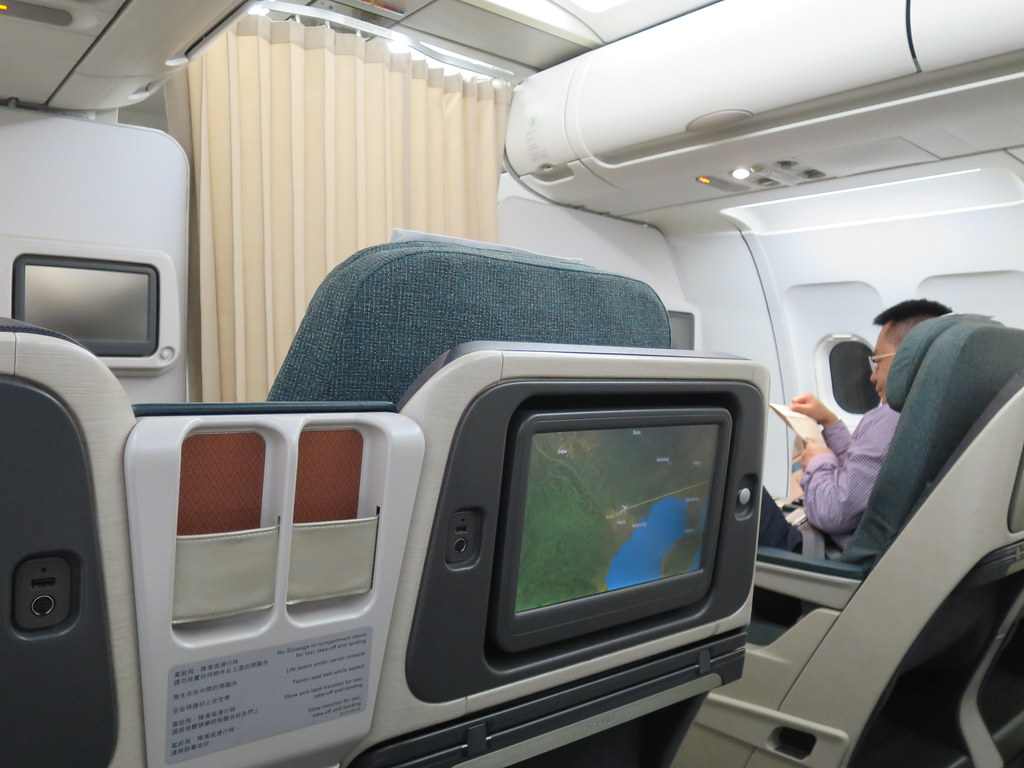
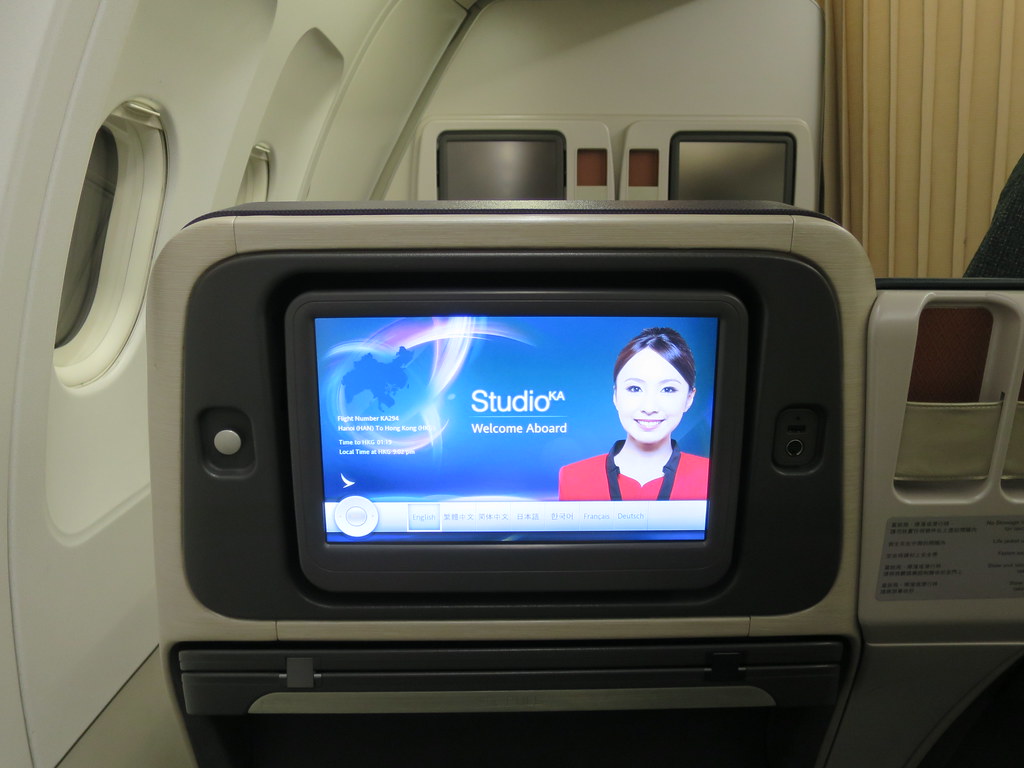
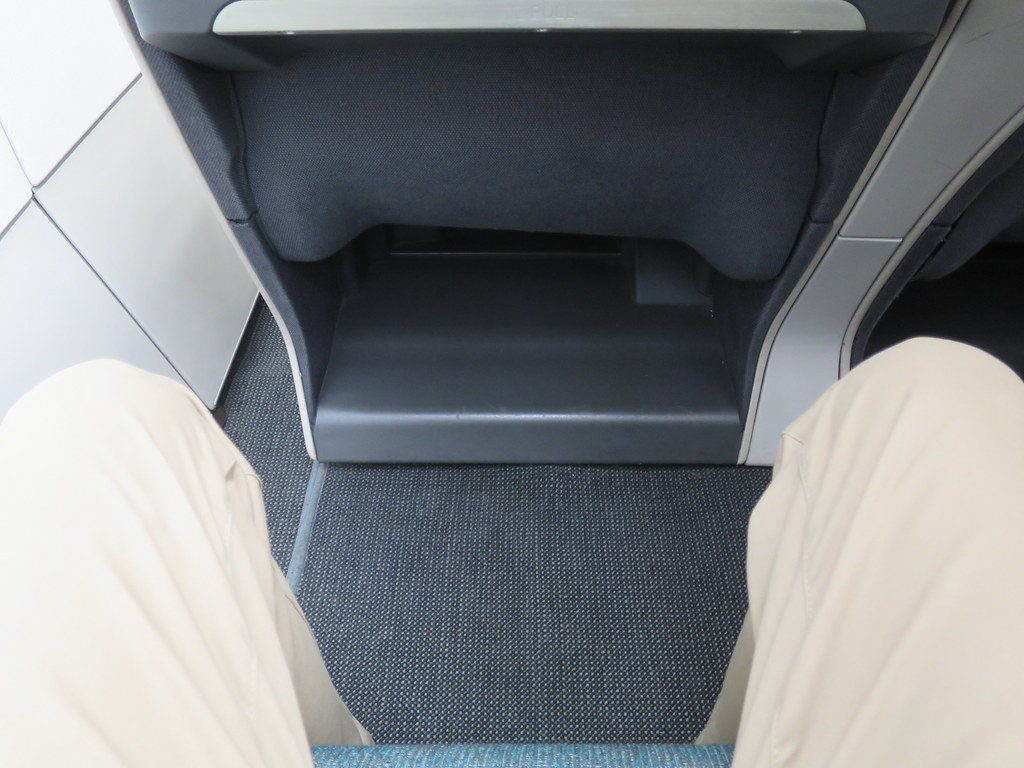
The seats feature a literature pocket (incorporating headphone socket) within the centre armrest, with basic electronic seat controls above, just below a shared drinks console. A handheld IFE controller, of the retro variety, is located within the armrest.
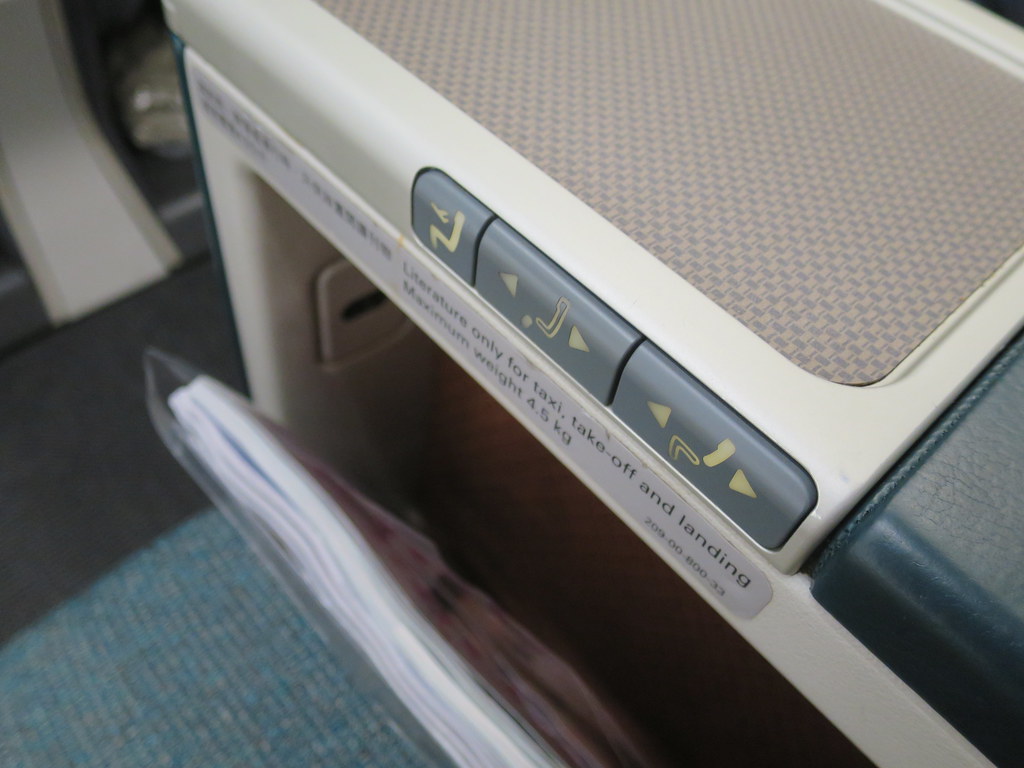

In front, the seat features a decently sized IFE touchscreen, sandwiched between a coat hook and a USB socket. Power sockets are available between the leg rests. A pouch adjacent to the IFE screen is seemingly intended to hold a phone, but sadly doesn’t fit an iPhone 7 or larger, the seat having been designed before the trend for larger phones really took off.
A cushion and blanket were resting on my seat in the second row of the cabin (11A), with headphones provided in the literature pocket. Naturally, I opted to use my own Bose to enjoy an episode or two of Fawlty Towers on the bug-free and easy-to-use system.
Our Australian captain welcomed us on board as cabin service commenced with a pre-departure drink of either still water or orange juice from a tray – no champagne was offered. This was accompanied by a packaged wet towel, which felt a little cheap. Newspapers followed, along with an announcement by our senior purser of this evening’s 1h30 flight time.
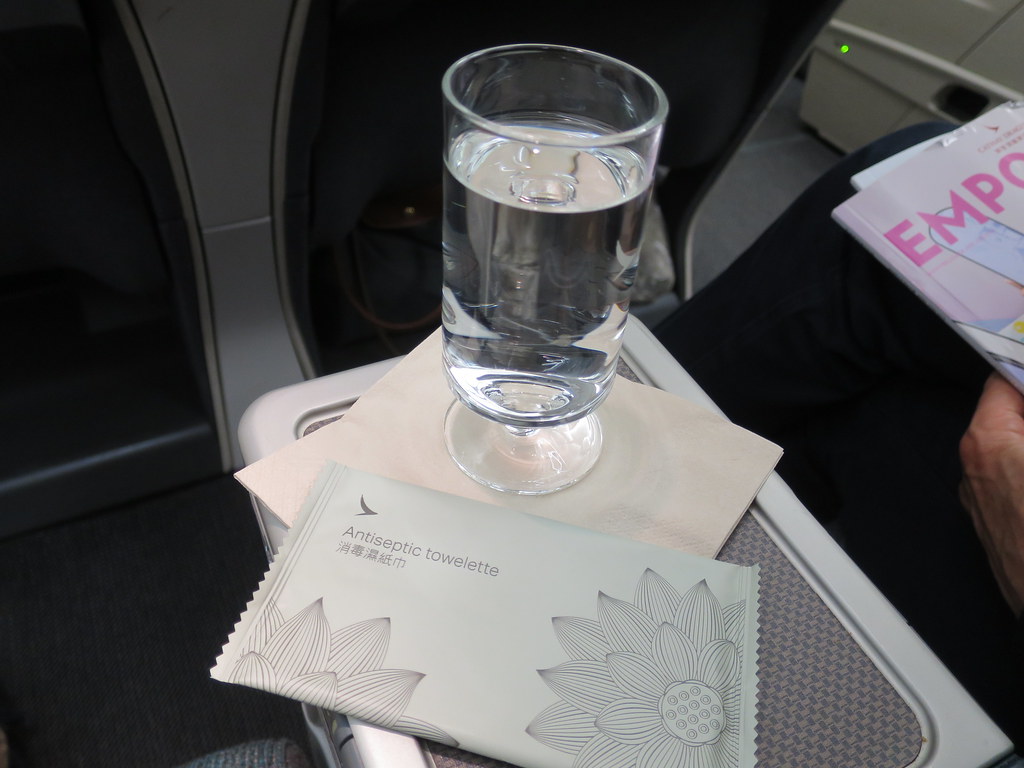
Once in the air, we were welcomed by name and offered menus, following which a very rapid service commenced, with our female cabin crew member taking quite a brusque approach, even going so far as to offend the gentleman in 10A (the first row ahead of us), although I didn’t quite catch the crux of the thorny issue.
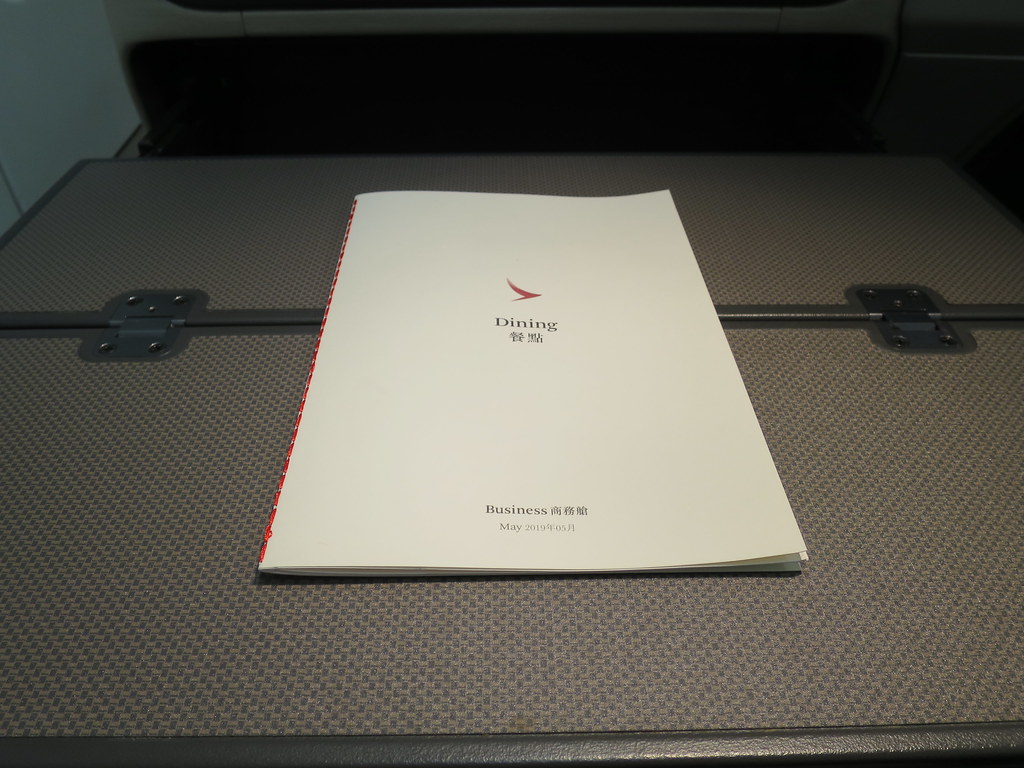


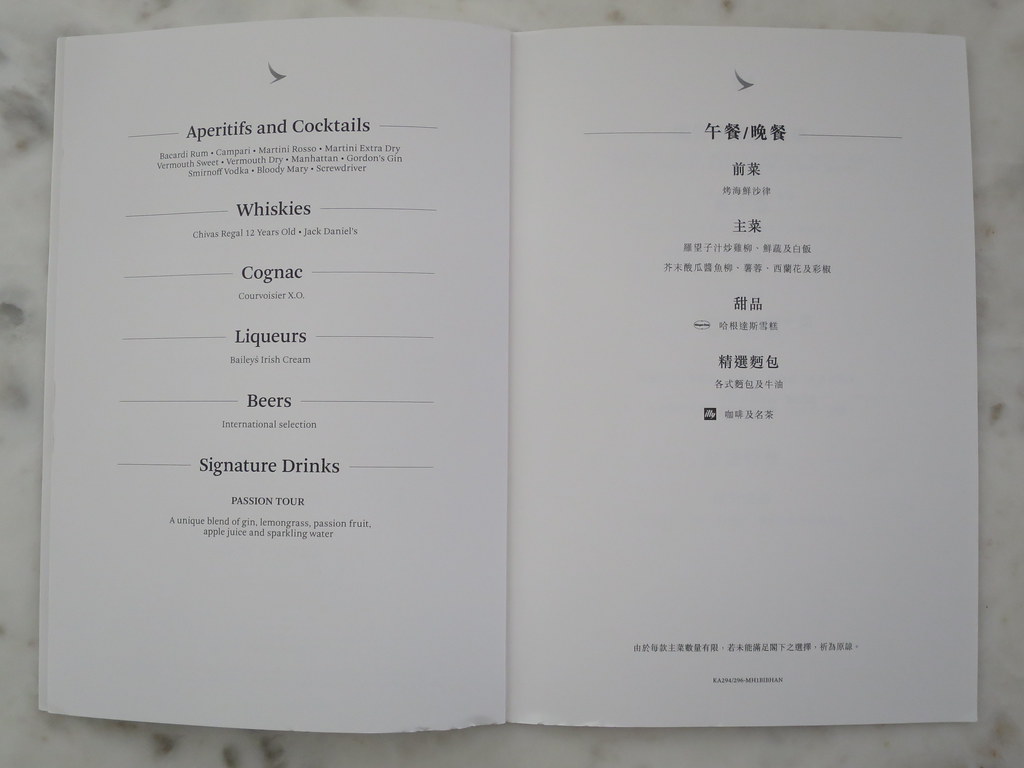
Dinner service rolled down the aisle on a trolley, with trays handed out to each passenger containing the sole starter (a bland grilled seafood salad) and various accoutrements. The dressing for the salad was contained within a very cheap-looking plastic pot; I’m not sure whether this was a catering error or the usual service standard, but it certainly wasn’t what I would expect from Cathay.


Alongside the passing of the tray, drinks were offered together with the choice of warm bread from a basket; a couple of slices of garlic bread were my carbs of choice.
The two main course options were offered from a trolley, with examples of each visible to passengers to aid choice. The steamed snapper, mashed potatoes, broccoli, capsicum, and mustard gherkin sauce was full of flavour, although presentation left a little to be desired.
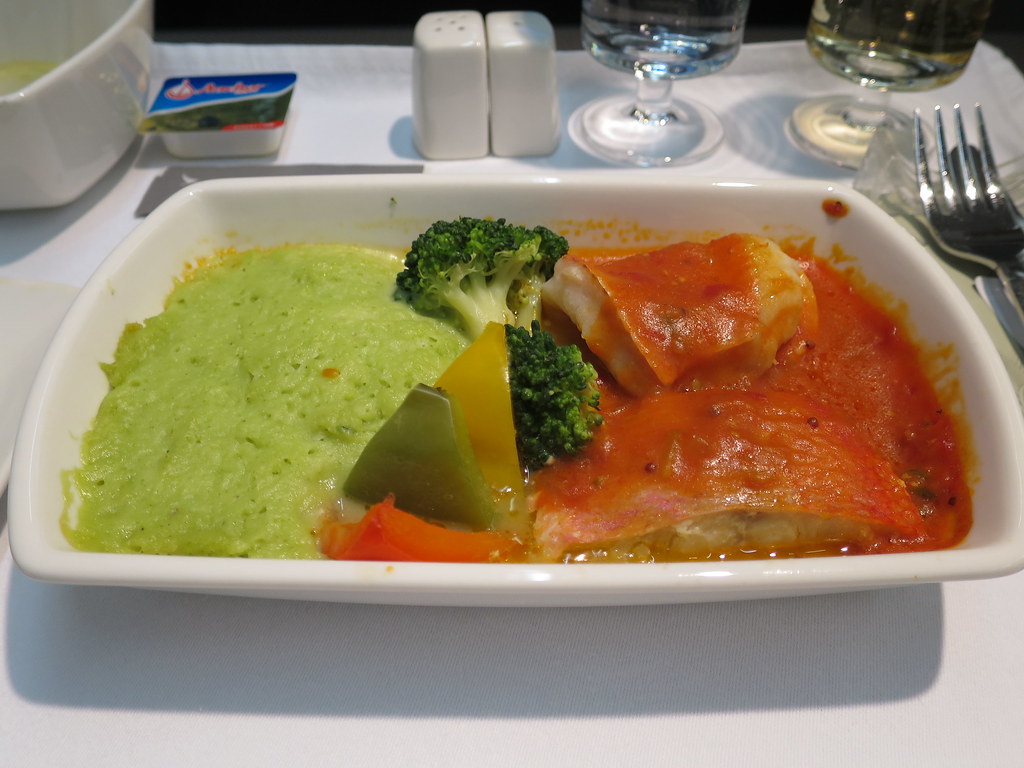
Once meal trays had been collected, a choice of Haagen-Dazs ice cream flavours were offered from a hand-held tray; I would definitely prefer to see Cathay Dragon offering a ‘proper’ dessert to conclude an otherwise acceptable meal service. Hot drinks were offered, and although at no time during the flight were drinks top-ups proactively offered, the cabin crew did oblige upon request.
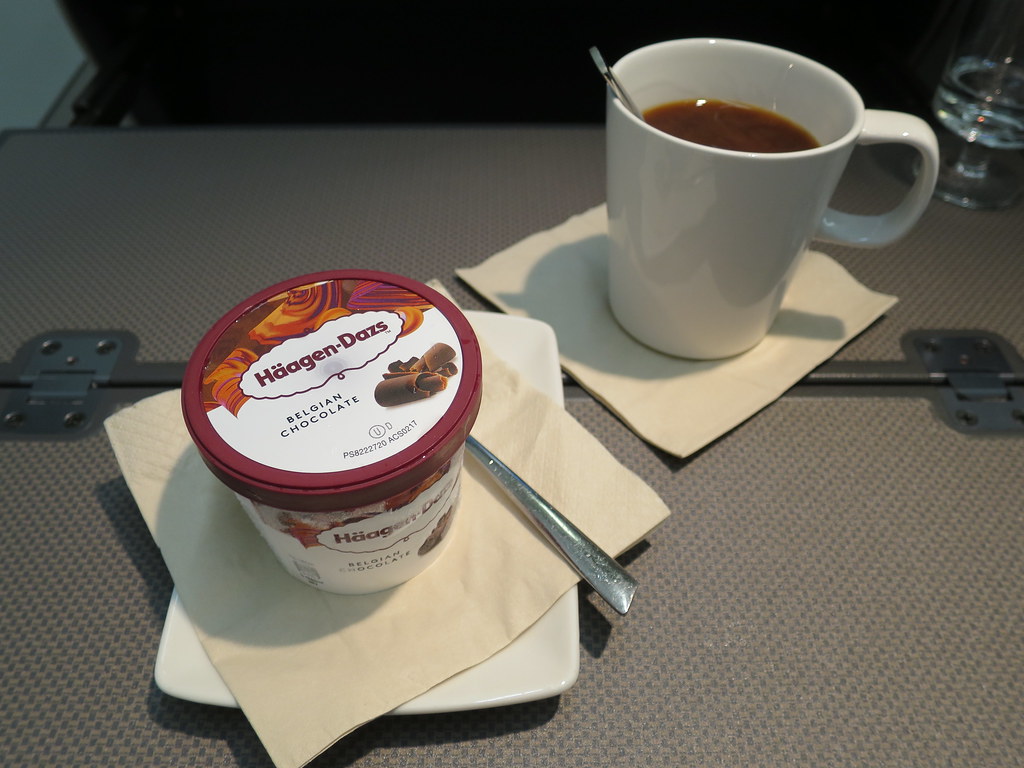
Landing into Hong Kong on time, we parked at the North Satellite Concourse, home to ten airbridge-equipped gates for narrowbody aircraft. This facility opened in 2009, and although currently its design necessitates a bus transfer to the Terminal 1 main building, it is due to be connected by a bridge later this year. No landing cards had been issued on the flight, so we weren’t through immigration as quickly as we could otherwise have been, but once forms had been completed there was only a short queue and our bags were amongst the first onto the belt in the baggage reclaim hall, enabling a swift transfer to a waiting taxi and on to the InterContinental Grand Stanford.
InterContinental Grand Stanford Hong Kong and Scenes from Hong Kong
I have stayed at the Grand Stanford on two previous occasions; the first in 2011, and the second post-refurbishment in 2016. As in Hanoi, this is one of two ICs in Hong Kong, the ‘main’ InterContinental being located a little further along the Tsim Sha Tsui (TST) promenade, closer to the Star Ferry pier. The Grand Stanford is around a 15-minute walk to the ferry (a little too long for comfort), compared to the ‘main’ IC’s much more attractive 5-minute distance, with the latter commanding an unobstructed view of Victoria Harbour, unimpeded by the Salisbury Road unlike the lower floors of the Grand Stanford. I found the location of the Salisbury Road to be more visually and audibly intrusive on this occasion than both previous stays; it was particularly noticeable from the Club InterContinental lounge.
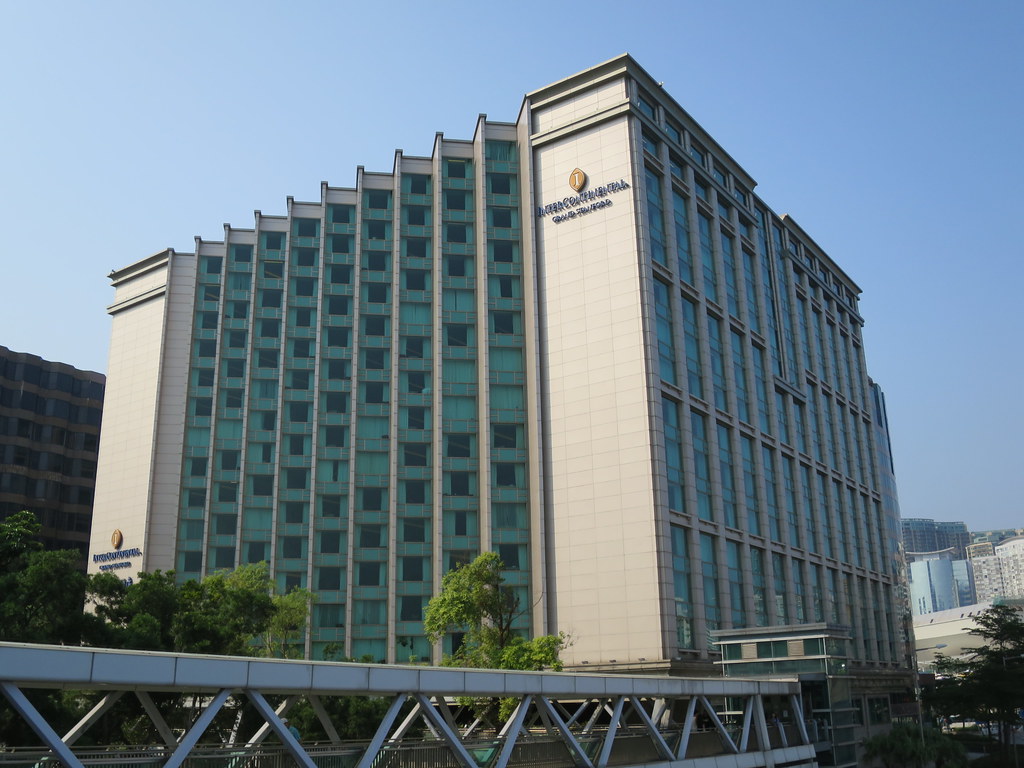

Despite our late hour of arrival approaching midnight, we were welcomed at the door with our bags taken and promptly delivered to our room. With the Club lounge closing at 11pm, check-in had to be performed at the main reception in the lobby; the Ambassador desk was unstaffed, which meant a short queue to complete formalities. I was handed the usual Club InterContinental welcome letter, although there was no Ambassador welcome letter or personalised welcome card as is the norm in many other properties.

The lobby of the Grand Stanford, as with many of the public areas, has not been refurbished to the same standard as the Club lounge or the guest rooms, and is starting to show its age; the lift cars in particular are very dated.
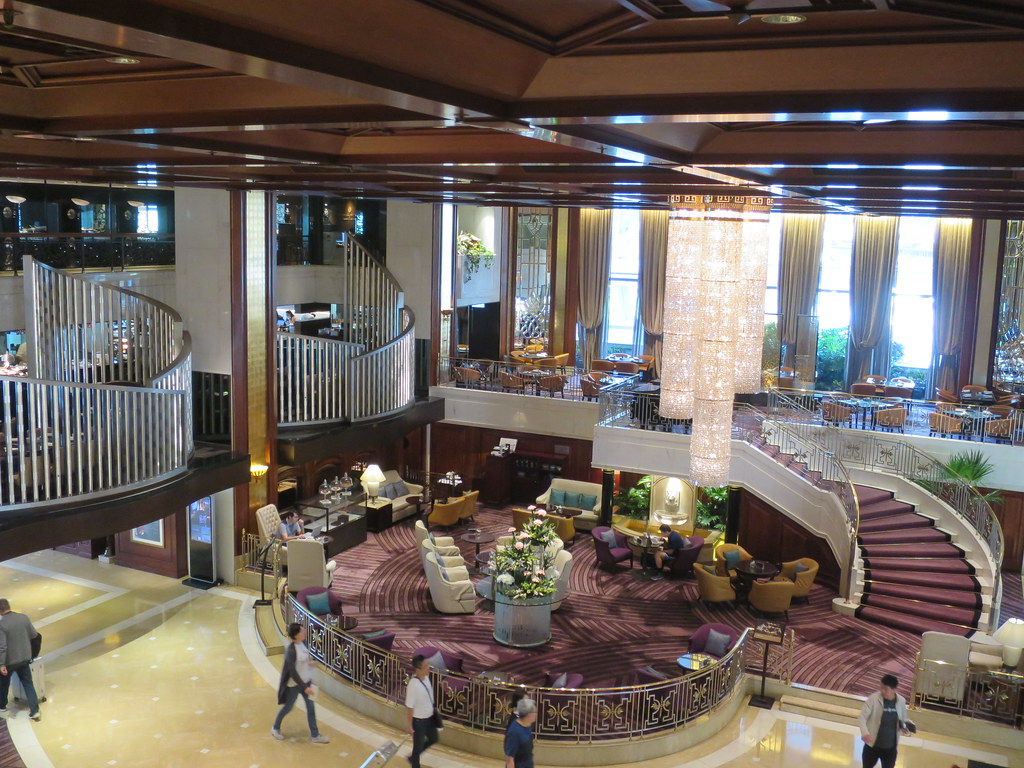
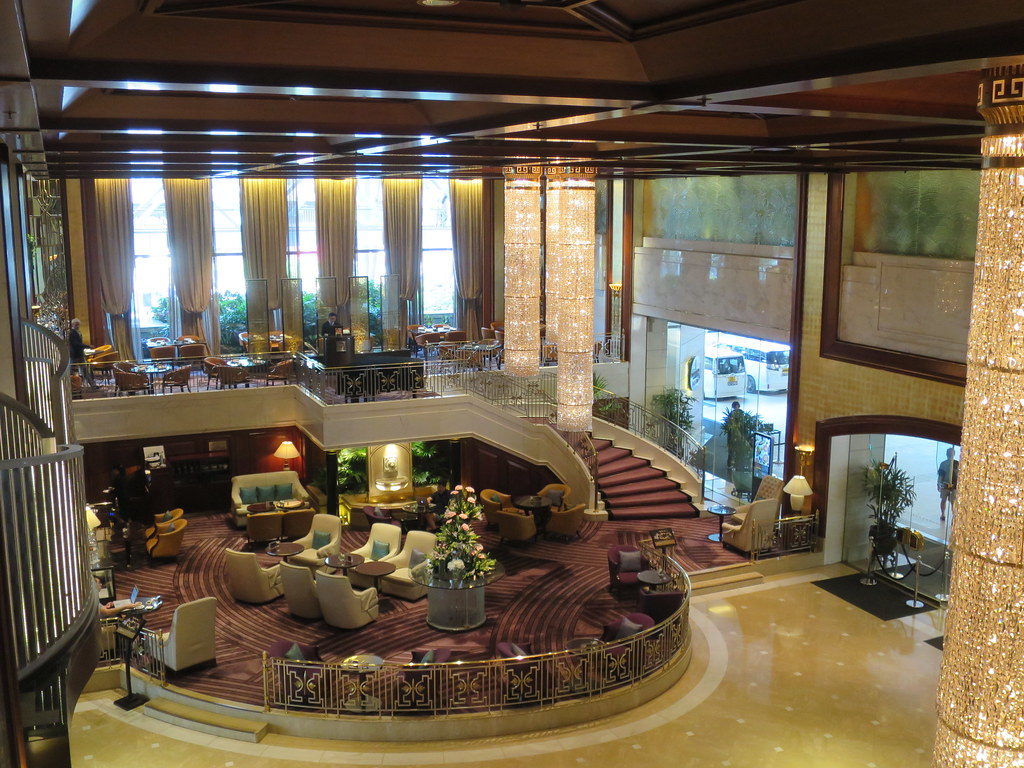

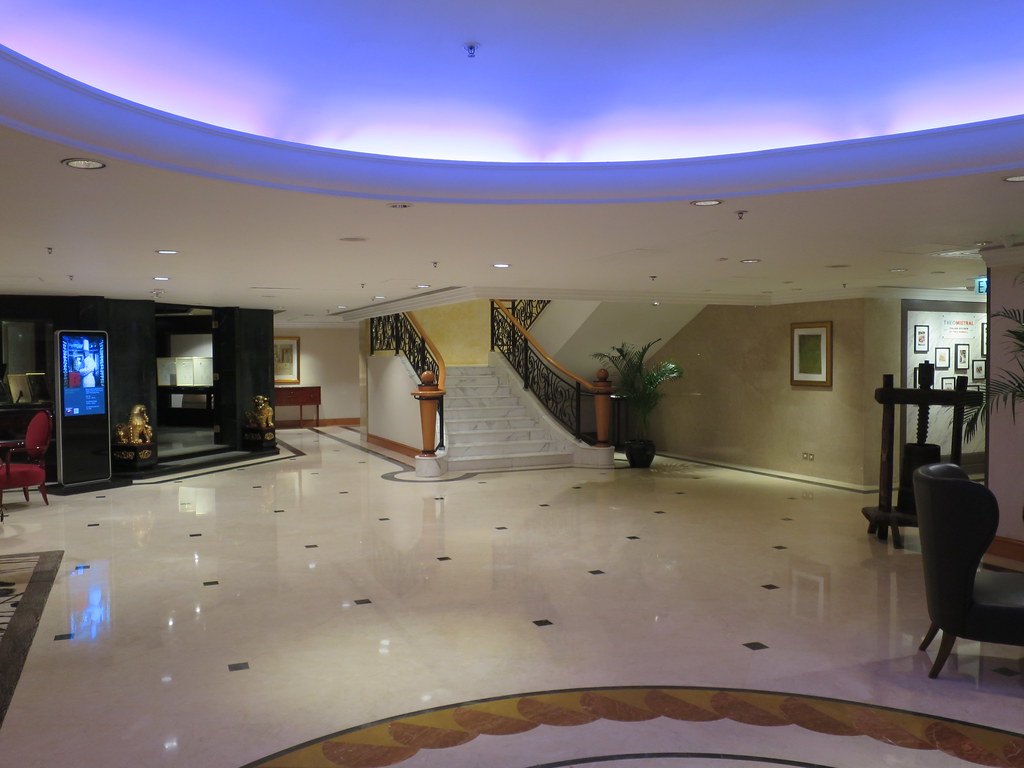

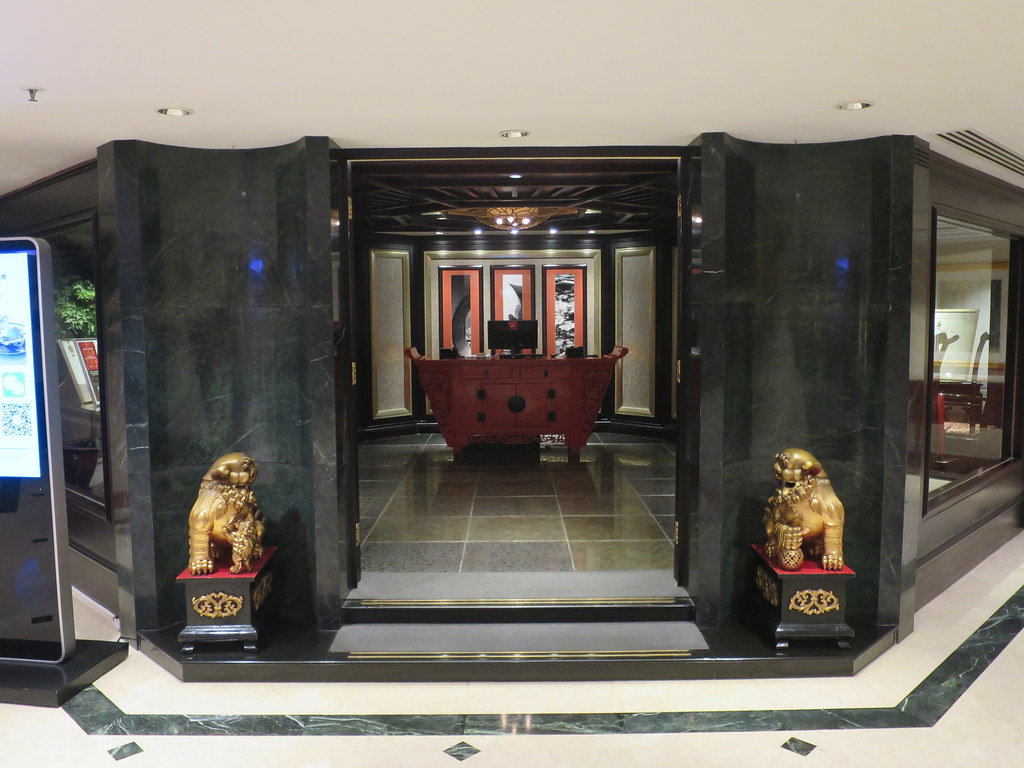


Our Premier Full Harbour View room on the 8th floor was the anticipated one category upgrade from our booked Premier Side Harbour View room. At just 28 square metres, this is a small room by any standards, but was all the more noticeable when coming directly from a 305 square metre Presidential Suite! Despite its small size, the recently refurbished room was smart, in a design much more to my taste than the InterContinental Hanoi Westlake’s rooms. I particularly appreciated the mood lighting, marble-topped tables and Eames replica office chair; naturally, there were ample power sockets, including adjacent to the bed. The in-room safe didn’t want to work properly that first evening, but after requesting maintenance take a look the following day, all was fine for the remainder of our stay.



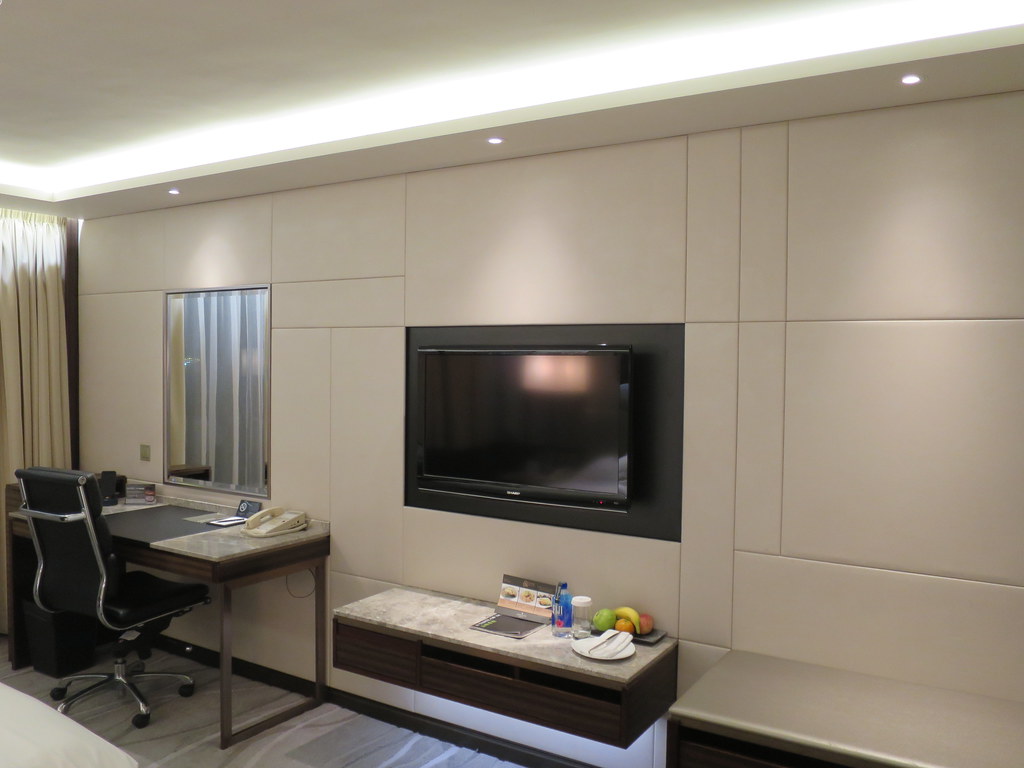


Due to its size, the room lacks space to comfortably sit and relax, with just a small chaise-lounge positioned by the expansive picture window, from which there were spectacular views of Victoria Harbour and Hong Kong Island beyond.
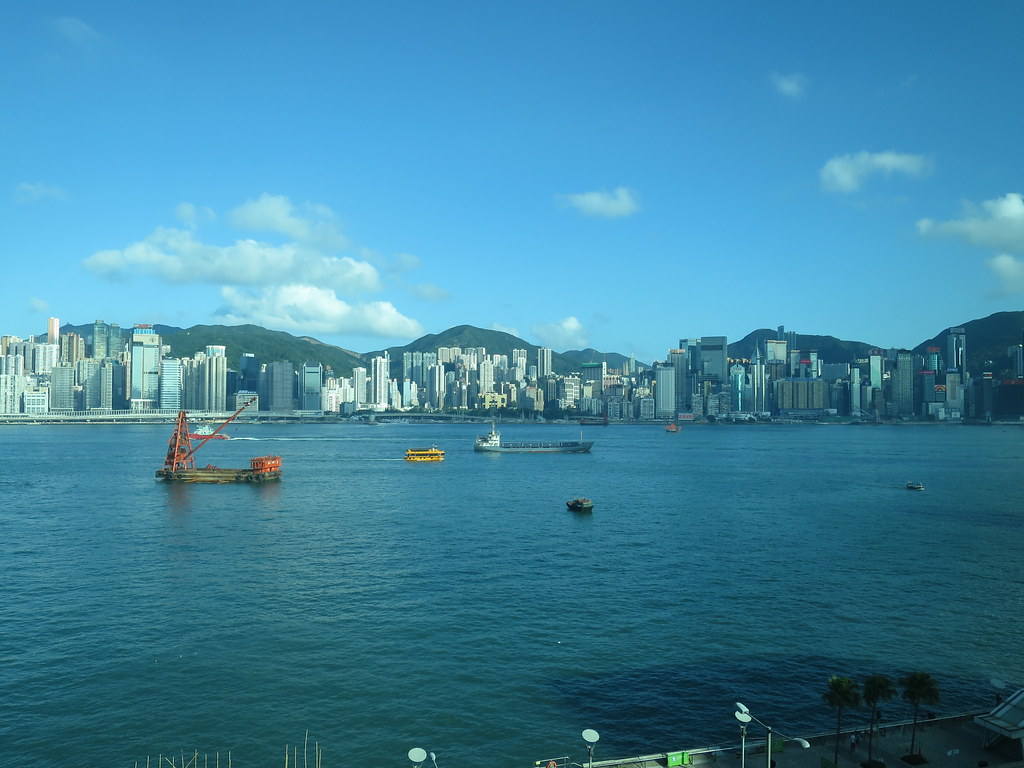

In-room Ambassador amenities included a fruit plate and a bottle of Fiji water, both of which were replenished daily. Additional complimentary InterContinental-branded mineral water was available in the minibar, adjacent to a Nespresso machine.



The marble-clad bathroom was nicely appointed, featuring a walk-in shower (incorporating handy bench) and Agraria amenities, although again was rather on the small side. I’ve previously stayed in rooms at this property which feature a bath with shower over, in lieu of a walk-in shower, but had requested a walk-in shower on this occasion.





After a much-needed comfortable night’s sleep, we headed down to breakfast the next morning in the first-floor Club InterContinental lounge. I should declare at this point that access to the lounge was provided free of charge by the hotel as compensation for inconvenience experienced during an evacuation of the property on our previous stay in 2016; this will in no way alter the following review of the lounge.
I’ve often thought that this lounge would be better located on a higher floor, away from the distraction of the Salisbury Road, but despite this intrusion the space still manages to retain a sense of calm luxury.


From reception, the lounge opens up into a fairly narrow rectangle, split down the middle by wooden screens to create two distinct areas; on the right, adjacent to the picture windows, is the main lounge area, whilst on the left is the buffet, consisting of three blue-lit chilled stations and one ambient station, with a hot station a little further along. The buffet side of the lounge also includes a small seating area with wall-mounted televisions.
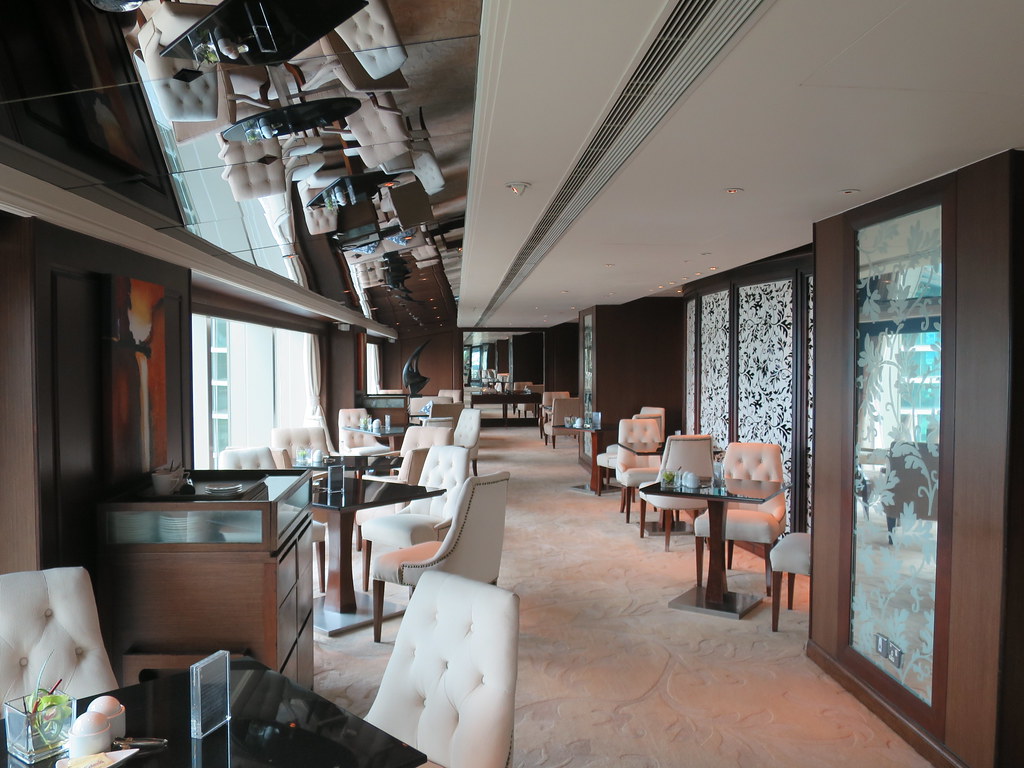







A high-top table, small business centre and library is located at the far-right hand end, adjacent to a door to a private outside terrace, seemingly mainly used by smokers.
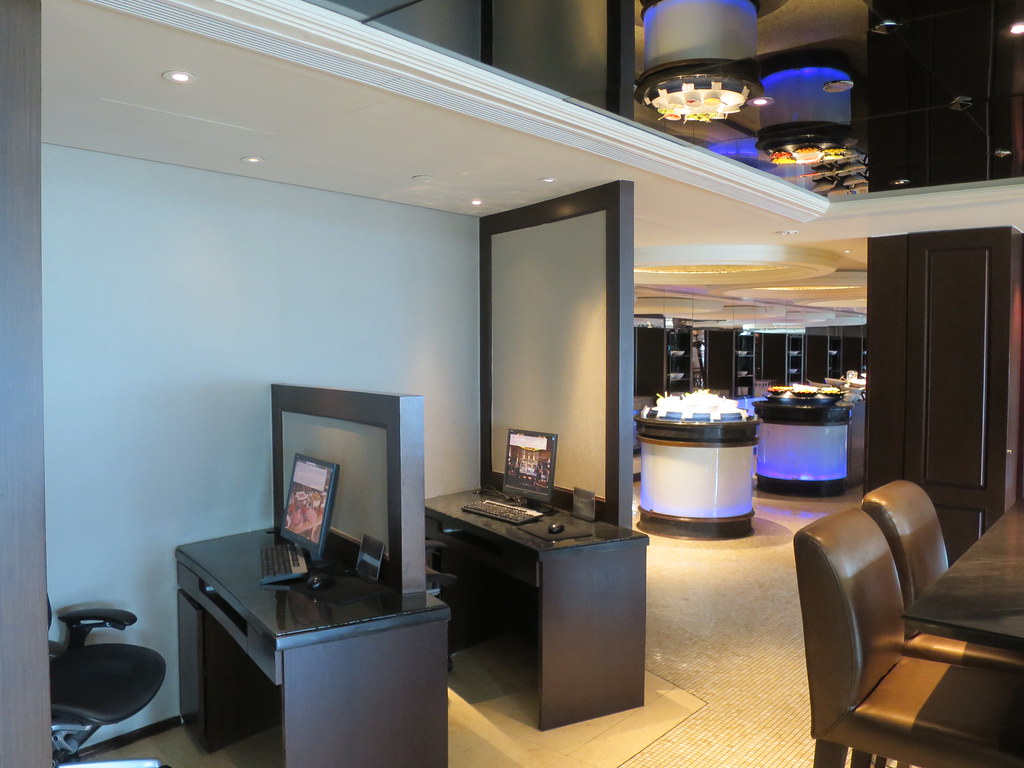
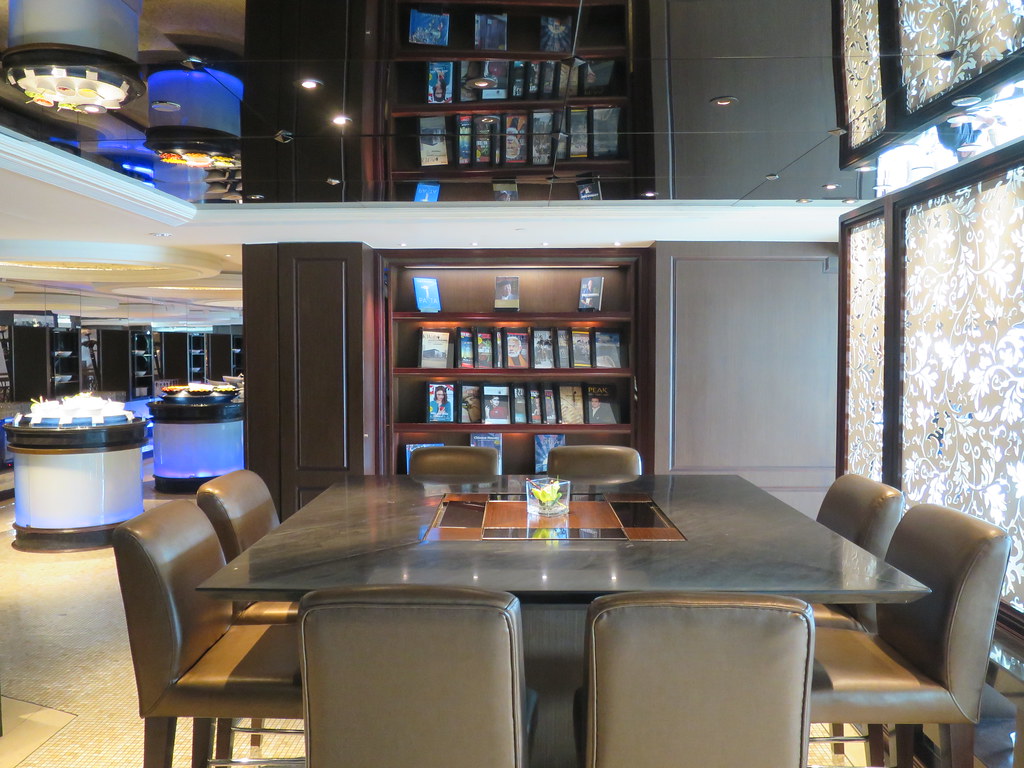
The opposite end of the lounge, adjacent to the hot buffet station and a meeting room, offers additional dining table seating, as well as several rather retro armchairs; this part of the lounge is partly screened from the main seating area and as such is a little more private.


There are no washrooms within the lounge, the closest available being those along the lobby balcony on the same level as the Club lounge; the balcony is accessible through the lounge’s rear exit door adjacent to the meeting room.
The overall design of the lounge is classic but with a modern twist, and despite having a deficit of armchairs, the Grand Stanford’s is certainly one of the better Club lounges in the InterContinental network.

Breakfast in the lounge is an extensive affair, with both an excellent buffet and à la carte menu available; the latter can be customised on request. Eggs Benedict (with smoked salmon) was my dish of choice to start that first morning, served with sautéed potato, grilled mushrooms, roasted cherry tomato and spinach.
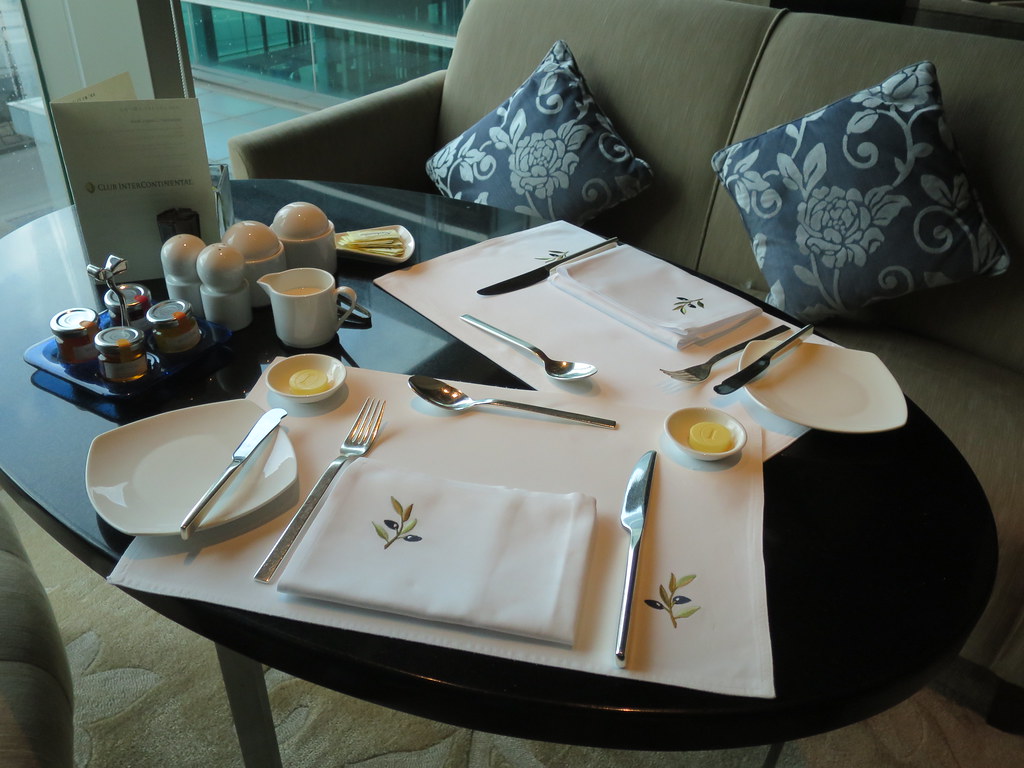
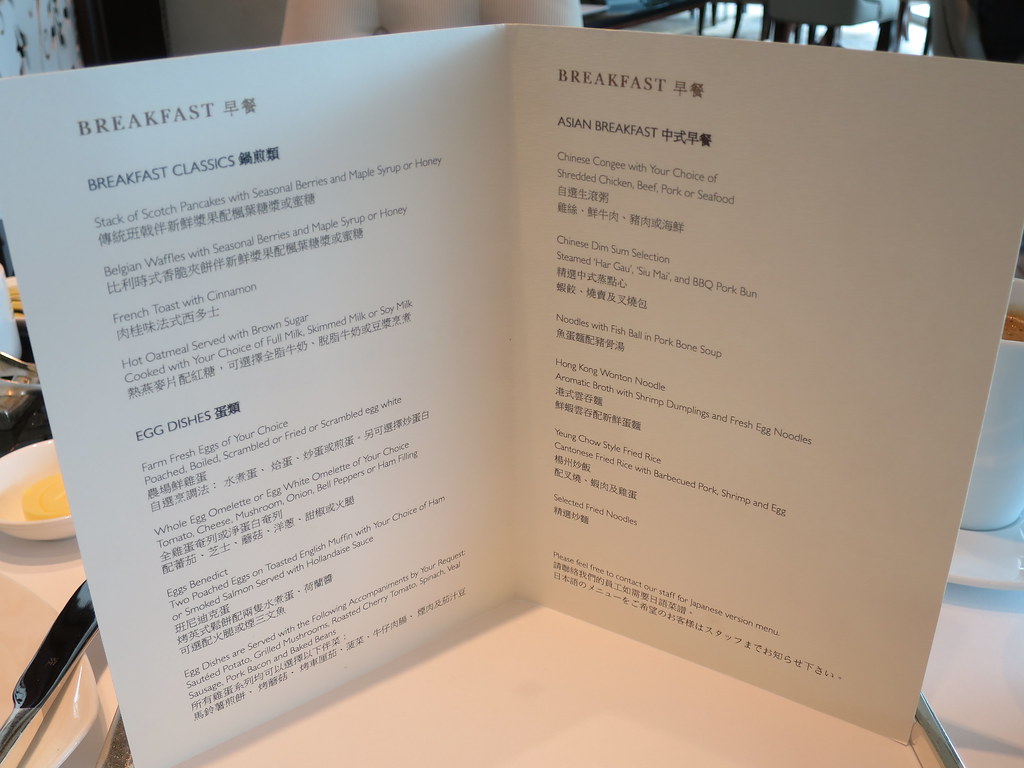
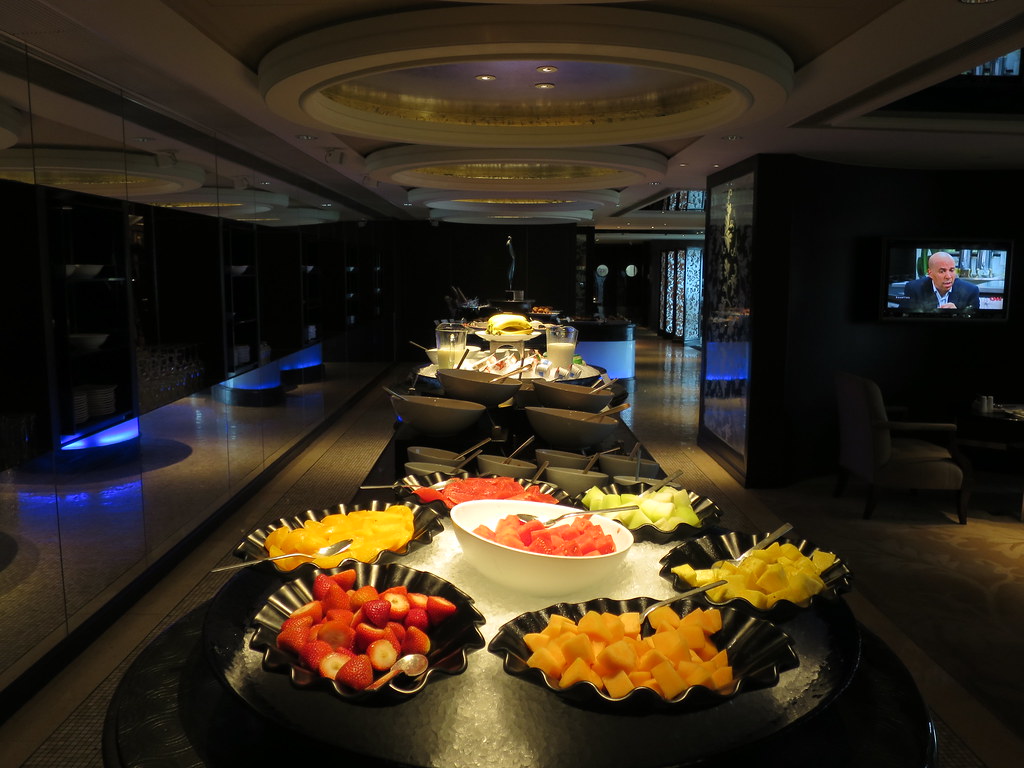



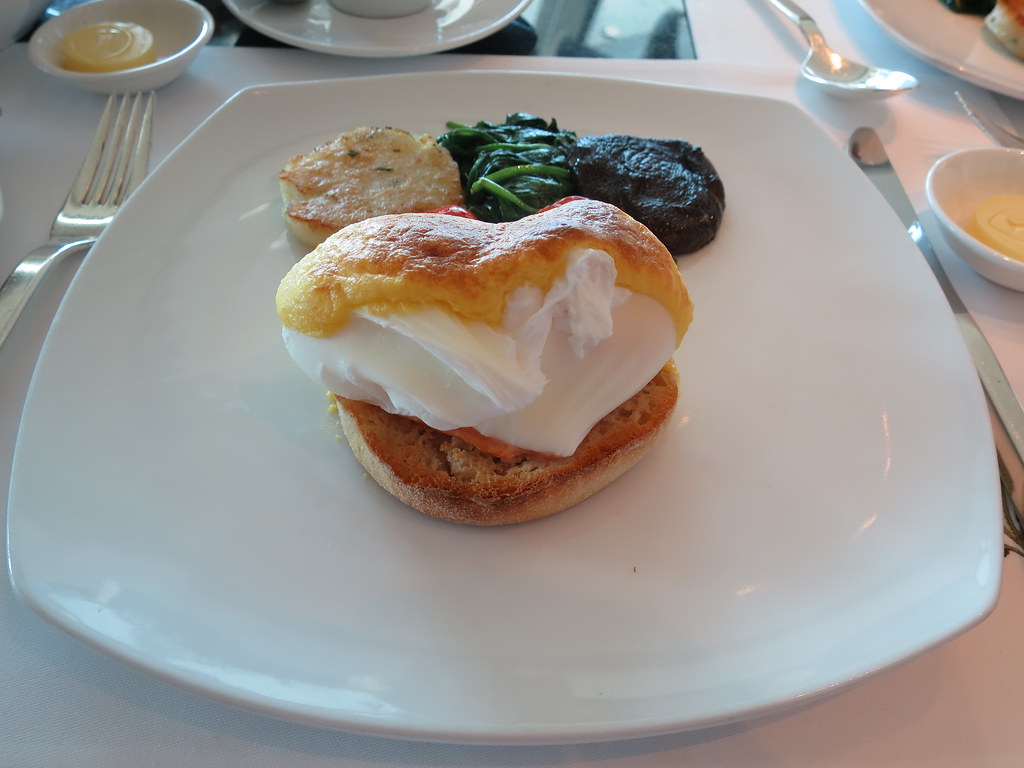
On a couple of occasions at breakfast, cutlery was attempted to be re-used between courses by the otherwise friendly, attentive and professional waiting staff; this is a big no-no for me, and always results in a polite request for a clean set.
One of the beauties of visiting a city multiple times is that there’s no compelling force to see all of the ‘touristy’ sights on subsequent trips; this was certainly the case on this visit to Hong Kong, with our first day taken at a relaxed pace. A walk along the TST promenade, a trip across the harbour on the Star Ferry and a stroll through Central and TST was all that made the agenda.
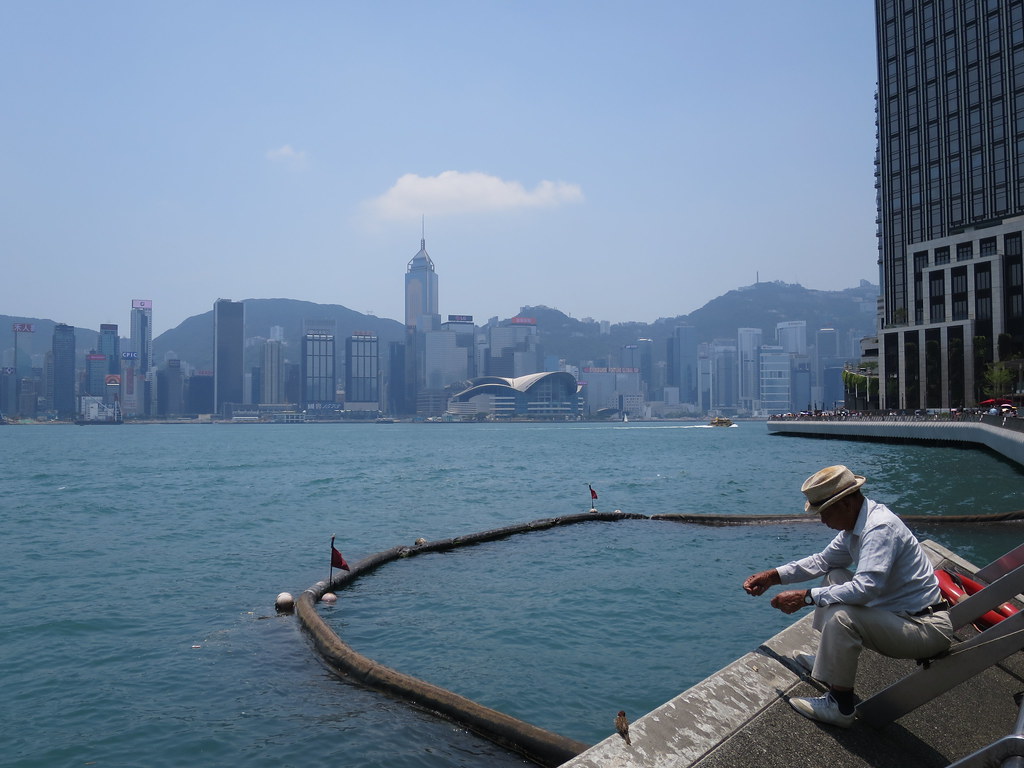





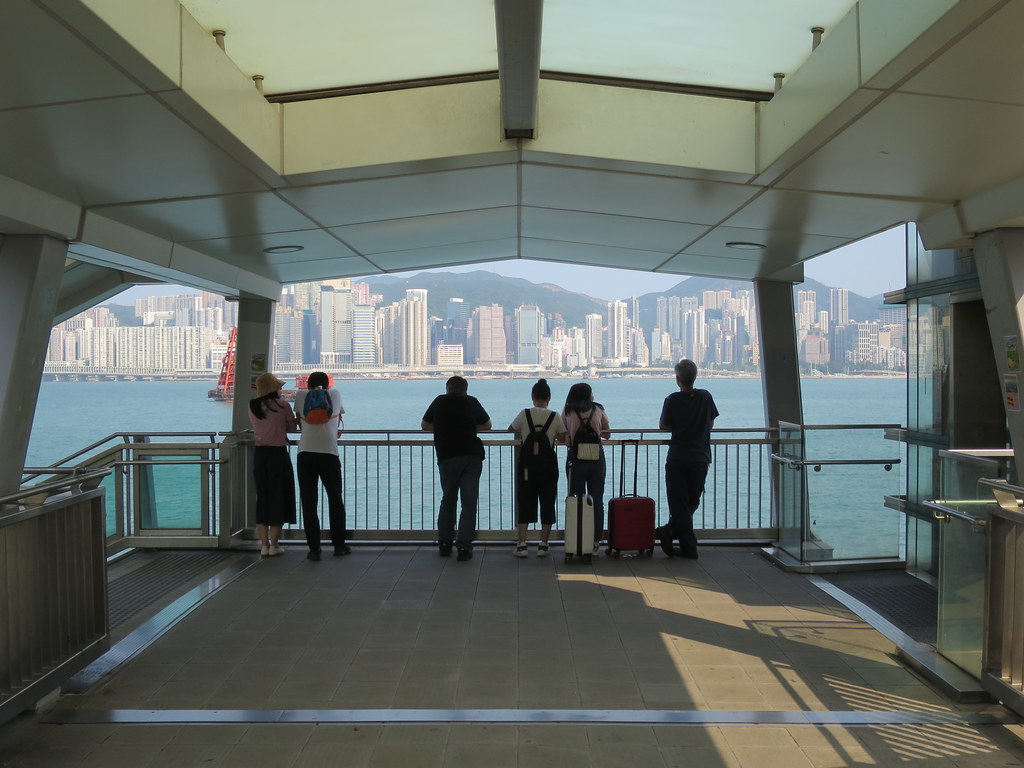
Afternoon tea in the Grand Stanford’s Club lounge is a slightly reduced affair compared to that on offer at the Hanoi Westlake; waiter service is limited to drinks only, with a small but perfectly formed buffet being the favoured method of allowing guests to enjoy their sandwiches, pastries and scones.

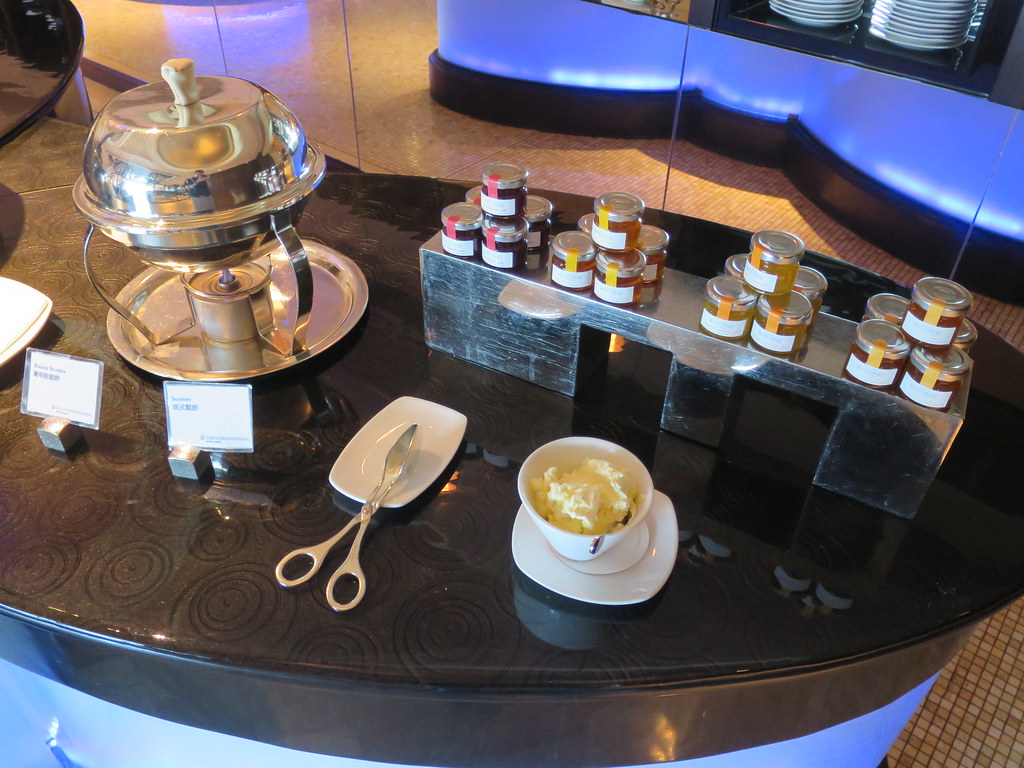

Evening canapés is a similarly buffet-centred approach, with an expansive selection of both hot and cold options available and a wide variety of waiter-served (and regularly topped up) drinks, including champagne. Chocolates are available on request.
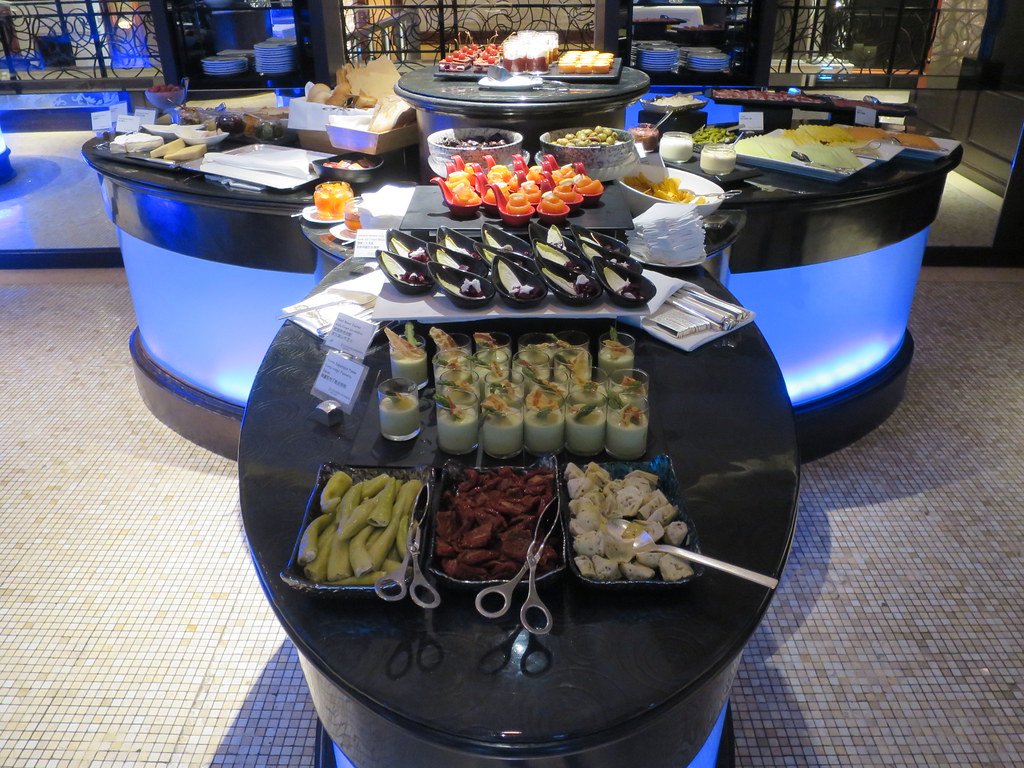
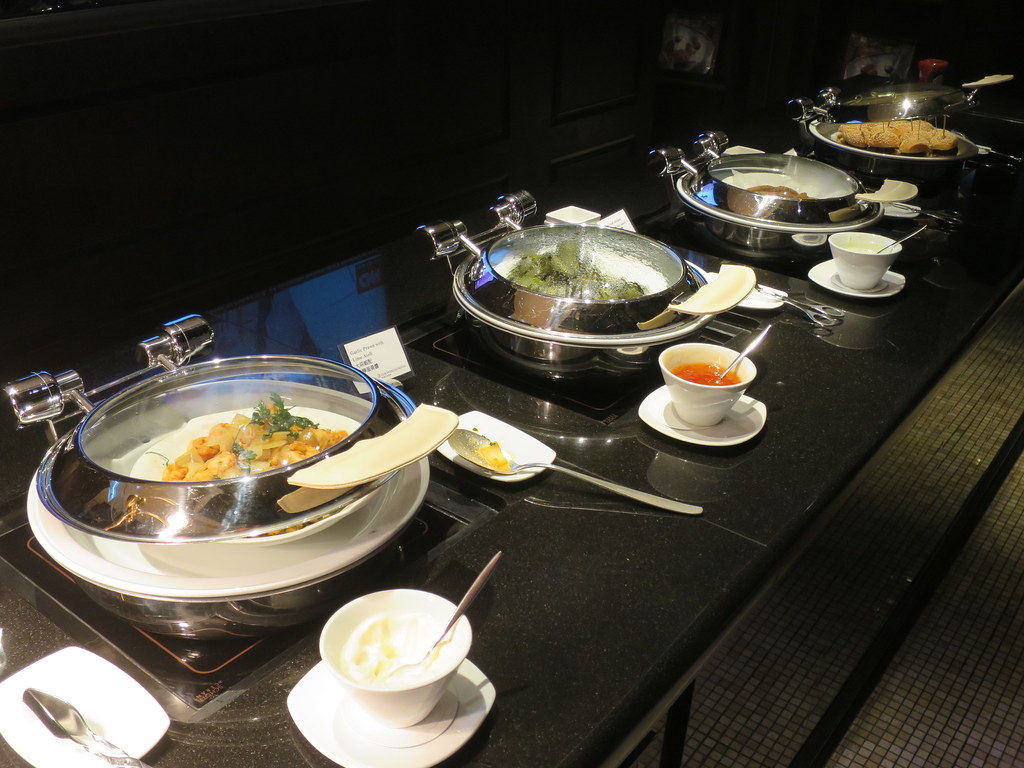


Day two in Hong Kong heralded more fair weather, and started with a perfectly cooked tomato omelette, this morning served with pork bacon in addition to the usual accompaniments.

After hearing about our plans to hike the Dragon’s Back ridge, the Club lounge manager kindly offered us a selection of snacks to take with us, following up on our return that afternoon to see how the hike had gone. It’s this type of engaging service that sets apart an experience and makes it memorable.
Memorable is exactly what the Dragon’s Back hike was; despite some fast-moving cloud cover, views in all directions were astonishing, most notably from the hike’s highest point, Shek O Peak.



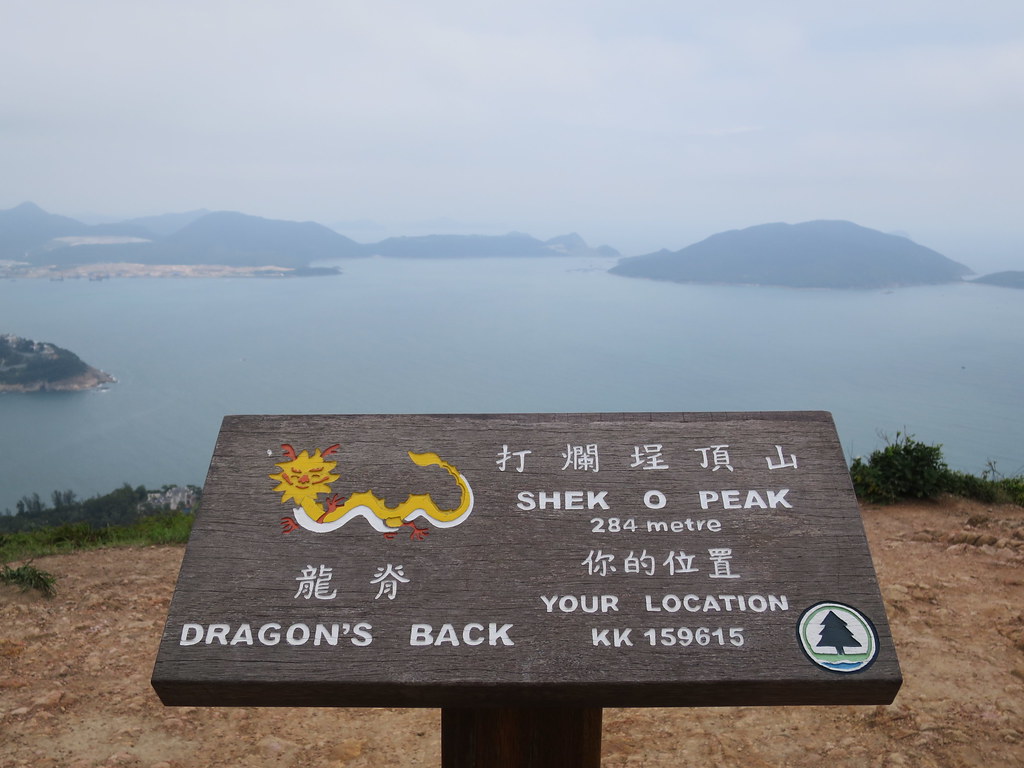
Taxi is by far the easiest and most comfortable way to get to the hike’s starting point on Shek O Road, although we opted for the equally straightforward and probably slightly more scenic bus to take us back to Wan Chai once our hike had concluded. Spending some time exploring the Wan Chai wet market, we returned to the hotel in good time to catch the end of the afternoon tea service.


